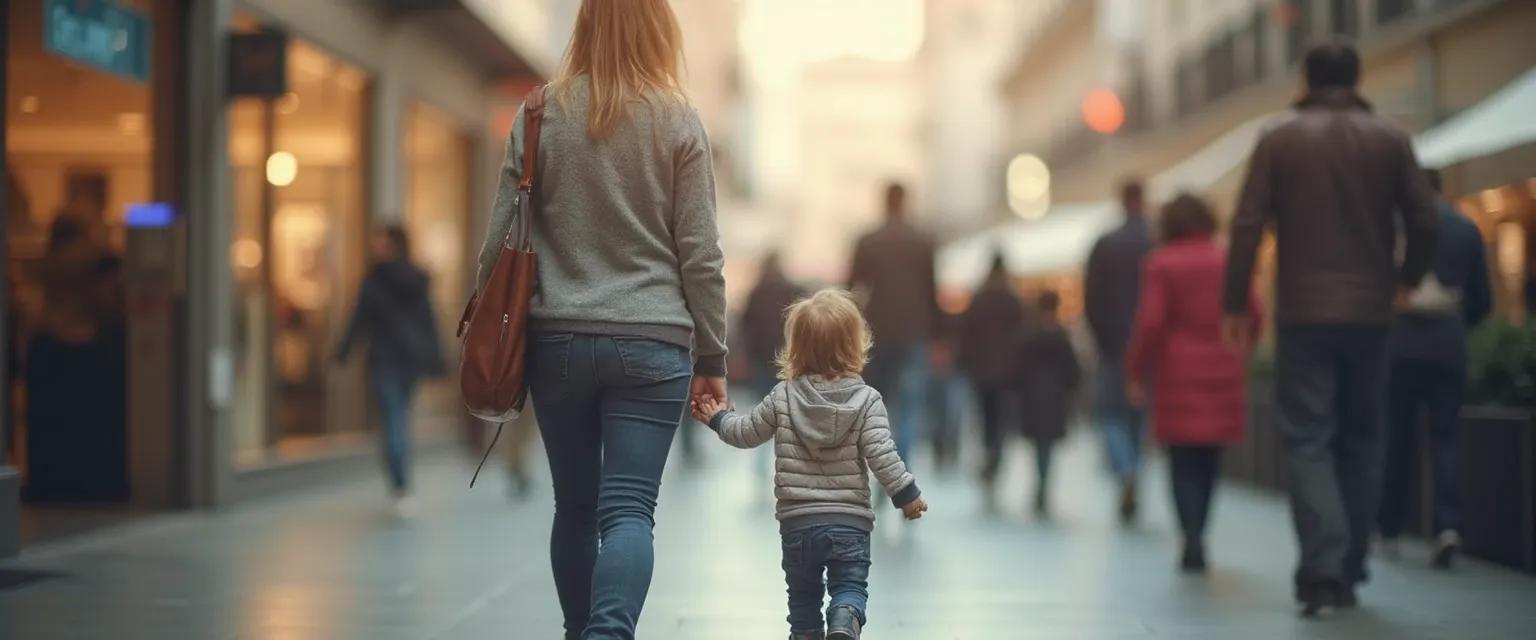How to Develop Situational Awareness for Keeping Kids Safe in Public
Ever felt that subtle alarm bell in your mind when something doesn't quite feel right? That's your situational awareness at work—an essential skill for keeping your family safe in public spaces. Parents who develop situational awareness create an invisible shield of protection around their children without instilling fear or anxiety. This practical skill helps you notice potential dangers before they become threats, giving you precious time to respond appropriately.
Learning to develop situational awareness doesn't mean constantly looking over your shoulder or teaching your children to fear the world. Instead, it's about cultivating a healthy alertness that becomes second nature. Research shows that families who practice these skills together not only stay safer but also feel more confident navigating public spaces. The good news? Anyone can develop situational awareness with consistent practice and the right mindfulness techniques that enhance your natural protective instincts.
How to Develop Situational Awareness as a Parent
The foundation of strong situational awareness is the OODA loop: Observe, Orient, Decide, and Act. In parenting contexts, this means actively scanning your environment while out with your children, processing what you see, making quick decisions based on that information, and taking appropriate action when necessary.
Start by practicing the "baseline and anomaly" technique. When you enter a new environment—whether it's a playground, mall, or crowded event—take 30 seconds to establish what's normal (the baseline). What's the general mood? How are people behaving? Once you've established this baseline, you'll naturally notice anything that deviates from it (anomalies).
Many security professionals use the Cooper Color Code system to develop situational awareness in different environments:
- White: Relaxed and unaware (avoid this in public)
- Yellow: Relaxed alertness (ideal for family outings)
- Orange: Focused alertness (when something seems off)
- Red: Ready to take action (potential threat identified)
The key is maintaining a "yellow" state of relaxed alertness when out with your family—aware of your surroundings while still enjoying your time together. This balanced approach to stress management ensures you remain vigilant without becoming paranoid or anxious.
Teaching Children to Develop Situational Awareness
Children can begin developing situational awareness as young as three years old through age-appropriate activities. For preschoolers, play the "I Spy" game with a safety twist: "I spy someone who helps people" (pointing out security guards or store employees). This teaches them to identify helpful resources in their environment.
For school-age children, introduce the "what if" game during outings. Ask questions like, "What if we got separated right now? Where would you go? Who would you ask for help?" This builds decision-making skills without creating fear.
Instead of teaching the outdated "stranger danger" concept, help children identify "tricky people"—those who ask children for help or try to get them to break family rules. Research shows this approach is more effective because most harm to children comes from people they know.
Create and regularly practice family safety plans with clear meeting points for different locations. Children who know exactly what to do if separated feel empowered rather than frightened. This builds confidence while reinforcing crucial safety habits.
Practical Scenarios to Develop Situational Awareness Together
Turn everyday outings into opportunities to develop situational awareness as a family. At shopping centers, play "spot the exit" when you enter a new store. This seemingly simple game teaches everyone to automatically locate emergency exits—a habit that serves well in any public space.
At playgrounds, establish boundary rules and periodic check-ins. Have children practice returning to you when called, counting to ensure all siblings are present, or identifying where a parent is positioned at all times.
For crowded events, establish a family "hand stack" before entering busy areas—everyone places hands on top of each other while reviewing the safety plan. This physical connection creates a memorable safety moment that children take seriously.
Remember that developing situational awareness is a skill that improves with practice. By incorporating these techniques into your family routine, you're giving your children valuable tools that will serve them throughout life. When parents develop situational awareness and teach these skills naturally and positively, children learn to navigate the world with confidence rather than fear.




